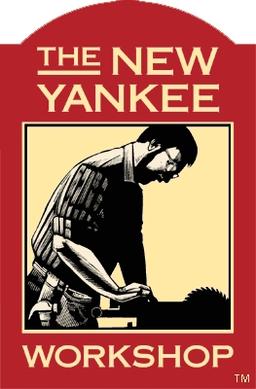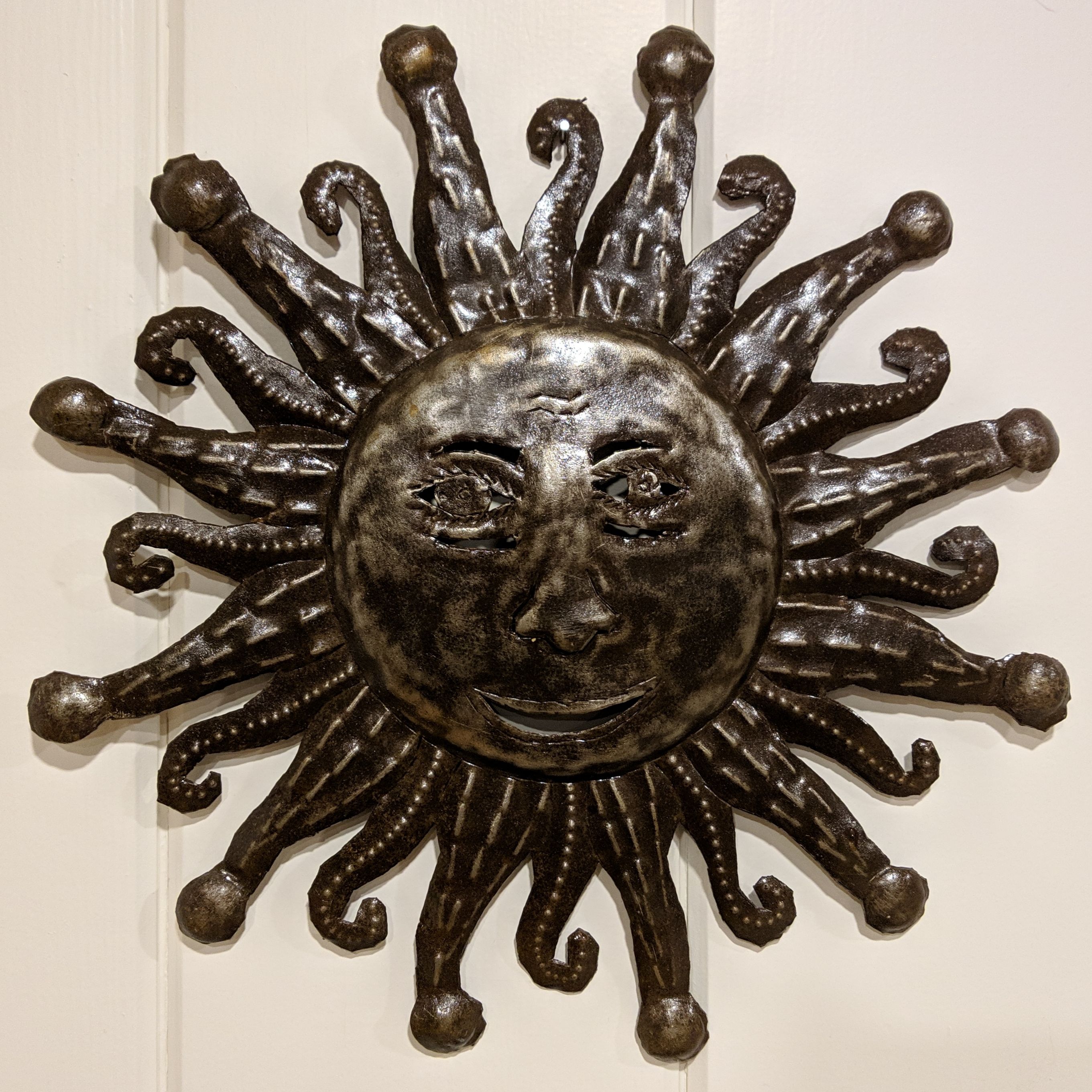- No matter how small a project is, always purchase new wood stock first. You can then save the rest for a future project.
- to make your trip to the lumber yard more efficient, pick up a few extra interesting pieces while you’re there. Don’t worry about taking a list of what is back at the shop - you can always use the extra on a small project
- When considering if it’s worth using the stock you have, realize that you might need it for something later (also see rule 1)
Stop I’m already out of room!
Time to plan the storage addition. You’re a woodworker…just build one. :-)
Don’t have kids. One might be okay, but with two or more they will fight anytime you think you might go to the shop and thus you can’t get to your tools. Even if the shop is in the house, sharp tools and fighting kids should not be near each other.
Seriously, nothing is better than time in the shop. Tricks can be helpful, but most are things you could think of yourself.
Hey, this first trick is valid no matter what hobby you’ve got! Don’t have kids so you’re actually able to have hobbies!
Kids end up being my hobby
Have either of the kids shown a passing interest in learning to woodwork? Obviously tons of safety precautions need to be taken (including potentially changing the nature of projects to do them more safely for kids), but maybe that’s a way to at least get in the shop a bit, even if it’s to make some simple hand-tool boxes out of scrap with a kiddo.
Edit to add: it’s definitely tough to make as much time for hobbies as a parent, and I hope you’re able to find some good shop time in the New Year!
You know that thing where you glue two boards and then when you press them together they slide all around? I just add a few grains of salt into the joint and then they never slide. But be careful not to use too much or you will dry out the joint. Like literally three or so grains of salt.
Did it need to be salt, or anything granular would work?
Salt, as it dissolves into the glue. But I imagine a couple of sand grains would be fine, as long as you keep it away from the visual area, since sanding might bring it out and scratch the surface
Thanks, this is a neat tip I would never have tried
Thoughts on the video below? It seems like it weakens the joint a bit per his findings. I’ve never done it myself (I use cauls with packing tape and iterate between them and other clamps), but I’ve heard the salt tip recommended a lot.
For two sided CNC machining, dowel pins are your friend. Its easy to drill pin holes in your fixture piece and your part so when you flip it over its precisely located.
It’s easy to clean wipe-on poly off your hands if you use some canola oil. I always forget to wear gloves- oops.
Sidebar: use vegetable oil also to clean sap from your skin.
One guy told me to run my hand through my hair. He even added “I swear I’m not fucking with you, I won’t even watch you do it.”
Can say it does work. Doesn’t necessarily clean the pitch off your hands but it helps and makes it not sticky so you can go about your day.
I can see that. Probably our skin oils working the same way as the veg oil.
Easy way to make line up a dowel joint: tape a finishing nail to one board and press the other board against it. The nail head leaves an impression that will match on both boards.
Those japanese pull saws are the bomb. So much easier than the traditional type of hand saw.
I just got one and I love it. I’ve made some amazingly straight cuts but one or two still go at an angle. And once that happens I don’t know how to redirect it.
It’s an interesting difference. Japan was always relatively iron-poor, so much of their woodworking evolved to use as little metal as possible, hence all the cool joinery. Pull saws take less iron to make than push saws cause they don’t have to deal with bowing.
The one thing people need to also take into account is that Japanese workholding is often based on bodyweight, not relying on vices, clamps, or hold fasts. Sitting on the work piece, or putting a foot on it, and pulling to make cuts (or plane wood) works way better with a lower working height.
TL;DR, if you are having trouble with Japanese saws, work lower.
Sharp tools. Check them before you start. Check them after an hour or more of sustained use. Replace (disposable) blades more often. Sharp tools make work easier and safer, and you have the added benefit of a cleaner finish on the cut.
Learned this one from Frank Strazza, you can make handplaning easier by spraying a mixture of 50/50 water and alcohol to raise the grain and soften the fibers. I’ve seen Japanese woodworkers do something similar when paring endgrain but just with water
Closely related: a little wood paste wax on the sole will make planing easier by reducing friction between the sole and the wood. I’ve also started doing this on the surface of my table saw. It’s pretty obvious when you need to apply more and the effect was very noticeable.
I do that on my table saw too and it’s delightful how slippery it becomes. Almost like air hockey! plus I think it protects the cast iron against rust?
Totally. I do my old cast iron Craftsman table up maybe twice a year and can totally tell if I miss an application.
Great point. The jointer is another one that benefits from a bit of paste wax on the cast iron bed
Get a rabbet plane, and keep it sharp.
When you have a project in mind, look for new tools but never buy the one that would be sufficient to your usage.
Always buy the one for professionals, as it will force you to think about good excuses when your wife finds out.
You left out a key ingredient - procrastination. It should always come down to “finish this project or we’re done”.





